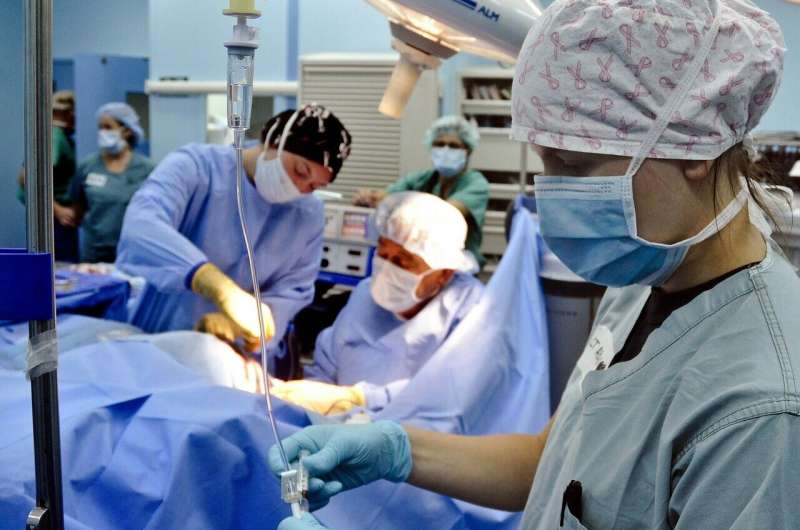Higher Bile Duct Injury Risks in Robotic vs. Laparoscopic Gallbladder Surgery

As robotic-assisted cholecystectomy, commonly known as gallbladder removal using robotic technology, becomes more widespread, recent research indicates an increased risk of injury to the bile duct compared to traditional laparoscopic surgery. A study conducted by the University of Michigan Health, led by Dr. Cody Mullens, analyzed Medicare data to compare outcomes between these two surgical approaches. The findings revealed that bile duct injuries—a serious, though rare, complication—occur more frequently in robotic procedures across all patient risk categories, including low- and high-risk groups.
Bile duct injuries can lead to bile leaking into the abdomen, causing potential infections, pain, and the need for complex corrective surgeries. Prompt diagnosis and treatment are essential to prevent further complications.
The study aimed to challenge the notion that differences in injury rates were primarily due to patient selection biases. Instead, the evidence suggests that the robotic technique itself might carry a higher risk of injury. Notably, the researchers found that the rate of bile duct injury was approximately three times higher in robotic surgeries compared to laparoscopic methods, regardless of patient complexity.
Given these findings, patients are encouraged to have open discussions with their surgeons about the potential risks associated with each surgical approach. The evidence underscores that, while most outcomes are similar, laparoscopic gallbladder removal generally results in fewer bile duct injuries. This information is crucial for informed decision-making and surgical planning.
For more details, see the full study published in JAMA Network Open: doi:10.1001/jamanetworkopen.2025.1705. Source: University of Michigan. Read more.
Stay Updated with Mia's Feed
Get the latest health & wellness insights delivered straight to your inbox.
Related Articles
Unified Approach Recommended for Assessing Risks of Zoonotic and Vector-Borne Diseases
A new study underscores the importance of integrated risk assessments for zoonotic and vector-borne diseases, emphasizing standardization to improve prevention amid climate change. Source: https://medicalxpress.com/news/2025-09-urges-approach-zoonotic-vector-borne.html
Rising Ketamine-Related Deaths in the UK Highlight Polydrug Risks and Need for Comprehensive Harm Reduction
Analysis uncovers a twentyfold increase in ketamine-related deaths in the UK since 2015, highlighting complex drug use patterns and the urgent need for comprehensive harm reduction strategies.
The Impact of Particulate Matter on Respiratory Health and Potential Reversal Strategies
Recent studies reveal how PM2.5 particles damage the respiratory system by impairing mucociliary clearance, with promising avenues for reversing this damage through targeting protective enzymes like ALDH1A1.



